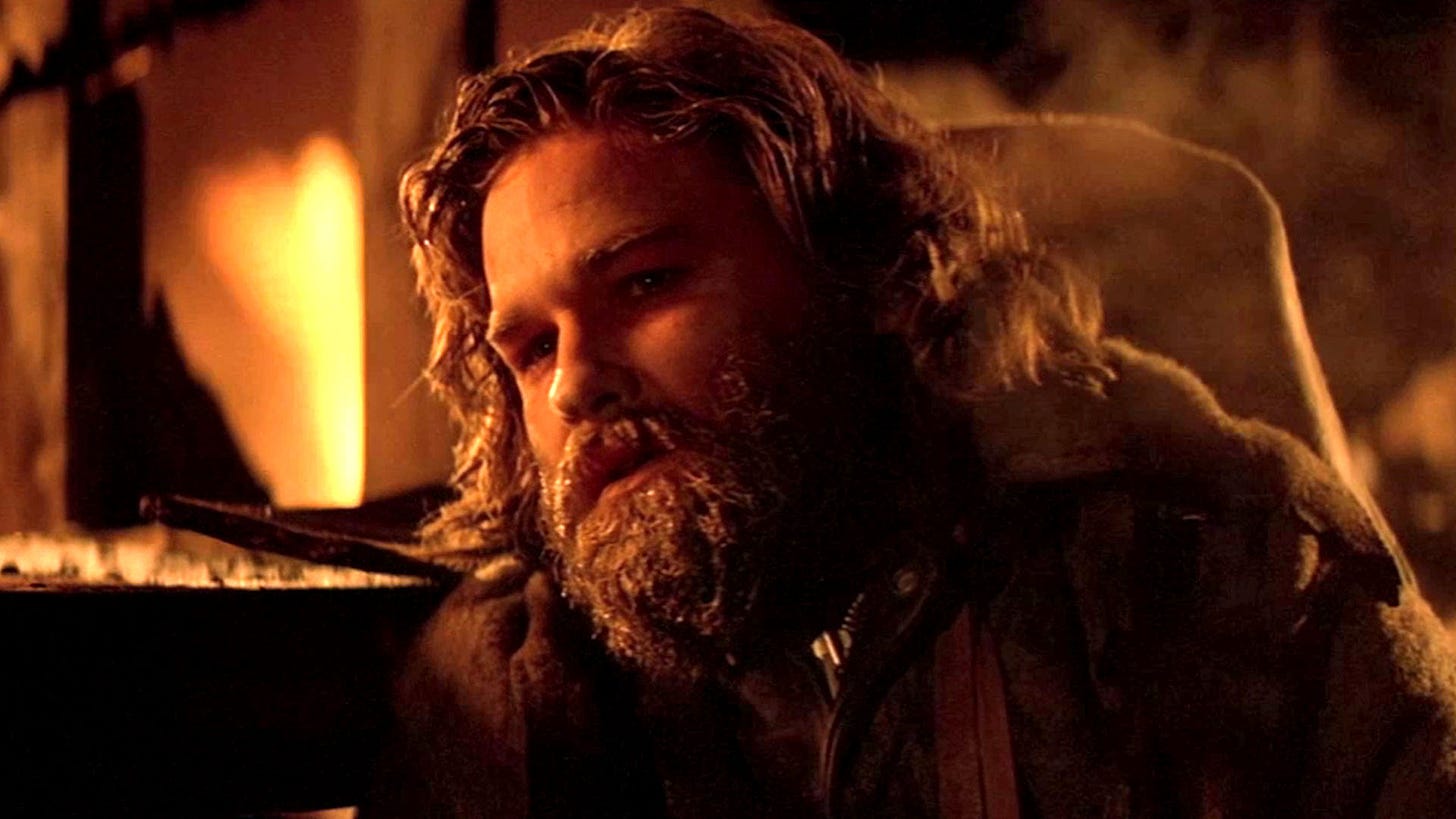John Carpenter’s The Thing is considered by many to be one of the greatest horror films ever made. Many things can be pointed to in order to make this point, from the thoughtful performances to the isolated location and design and, of course, the absolutely insane monster and gore designs. Nothing like this had ever been put on screen before, and few things have since. But the strongest evidence for the film’s greatness rests in its ever-present and ever-poignant themes of isolation, fear, and paranoia. These elements have helped the film not only stand out in the halls of horror but have allowed it constantly to find new life with various marginalized and disenfranchised groups. Groups are able to put themselves in the shoes of our characters, searching for the truth and terrified at what they’ll find. It’s this weaponization of fear that permeates the entire film and makes it such a classic.
The fear used in the film is as much a threat to our characters as the titular Thing. As allegiances are made and broken, the Thing is more easily able to claim hosts. If you can’t trust the man beside you you are all the more likely to be alone. As Kurt Russell’s MacReady states halfway through the film “nobody trusts anybody now, and we’re all very tired.” Exhaustion and desperation are used to fuel the infection of fear, and the inability to contain the fear allows it to spread and destroy everything it touches. The base, the men, the whole world. Fear can conquer it all if we let it, according to The Thing.
The fear is present from the very beginning, masquerading as insanity. The first image scene in the Arctic setting is the Thing in the form of a dog being hunted down by the Norwegians. From the outsider perspective of the Americans this is absurd, dangerous, and mad. The fear displayed by the Norwegians seeps into some of our players, and they already begin to question what is happening. The infection of fear is slow at first and is displayed first as curiosity and suspicion. The doctor and MacReady fly to the Norwegian base, despite the weather warnings, because they are already in the early grasp of pure fear. Fear here is not simply what scares us but what drives us to unreasonable decisions.
It is during this trip and in the immediate aftermath that the spread of both fear and the Thing are able to spread far and wide. The Thing takes another host (kept intentionally vague as to heighten the tension), Mac and the doctor discover the ruins of the Norwegian base camp, and our characters begin to understand the horror that has found its way to their world. On the verge of the fear outbreak, it is only after the discovery of the Thing amongst the dogs that panic truly takes hold of everyone. Some people break completely (Blair’s destruction of the communication system, Windows mental breakdown, Fuchs supposed suicide) while others are able to handle the fear better. But as this is only the beginning of the outbreak this is soon to take over the entire compound.
In the immediate aftermath of Fuchs supposed death, the remaining men are officially overcome by fear. Logic takes a backseat to base instinct, as fear makes everyone a suspect. Even MacReady, the only one the audience can be certain of, has suspicion thrown onto him. The Thing explicitly starts using fear as a tactic in this section, manipulating the men and guiding them to conclusions The Thing wants. The destruction of the blood bank and the discovery of Mac’s planted jacket shows that fear has been completely weaponized and that the men have lost any semblance of control they thought they had. The Thing can officially be anyone.
It’s at this point that Mac, the audience surrogate, attempts to use fear to his advantage in order to out The Thing. The Thing is a horrendous creature, a grotesquery of flesh, but it is a creature of flesh nonetheless, and in this flesh it is weak. The Thing’s ability to separate and distort its body across multiple seemingly separate creatures is its ultimate weakness. It’s tethered to each separate being, a network of a creature, and Mac is able to use the fear of harm to one part of this creature to out it from its disguise. This attempt to contain the fear is unsuccessful, though, as it leads to more death in the ranks and the building of friction and mistrust between the last men standing. Fear can not be contained by more fear, it can only be built upon. Only rationality can defeat fear.
This rationality comes to a cold truth in the final moments of the film. With The Thing believed to be defeated in a fiery explosion, MacReady and Childs are the only two men left standing. But, due to the overwhelming fear that has taken them this far, they are unable to trust each other, and the audience is even able to trust them either. Instead, they are forced to live out their final moments, freezing to death in a frozen tundra, fear having robbed them of any chance of survival. Do they dare risk trust only to doom humanity? Do they extend an olive branch only to be assimilated? Fear has succeeded in the end not just in infecting the characters but the filmmaking itself. Carpenter is forced to this conclusion because any other would be too much of a glimmer of hope.





